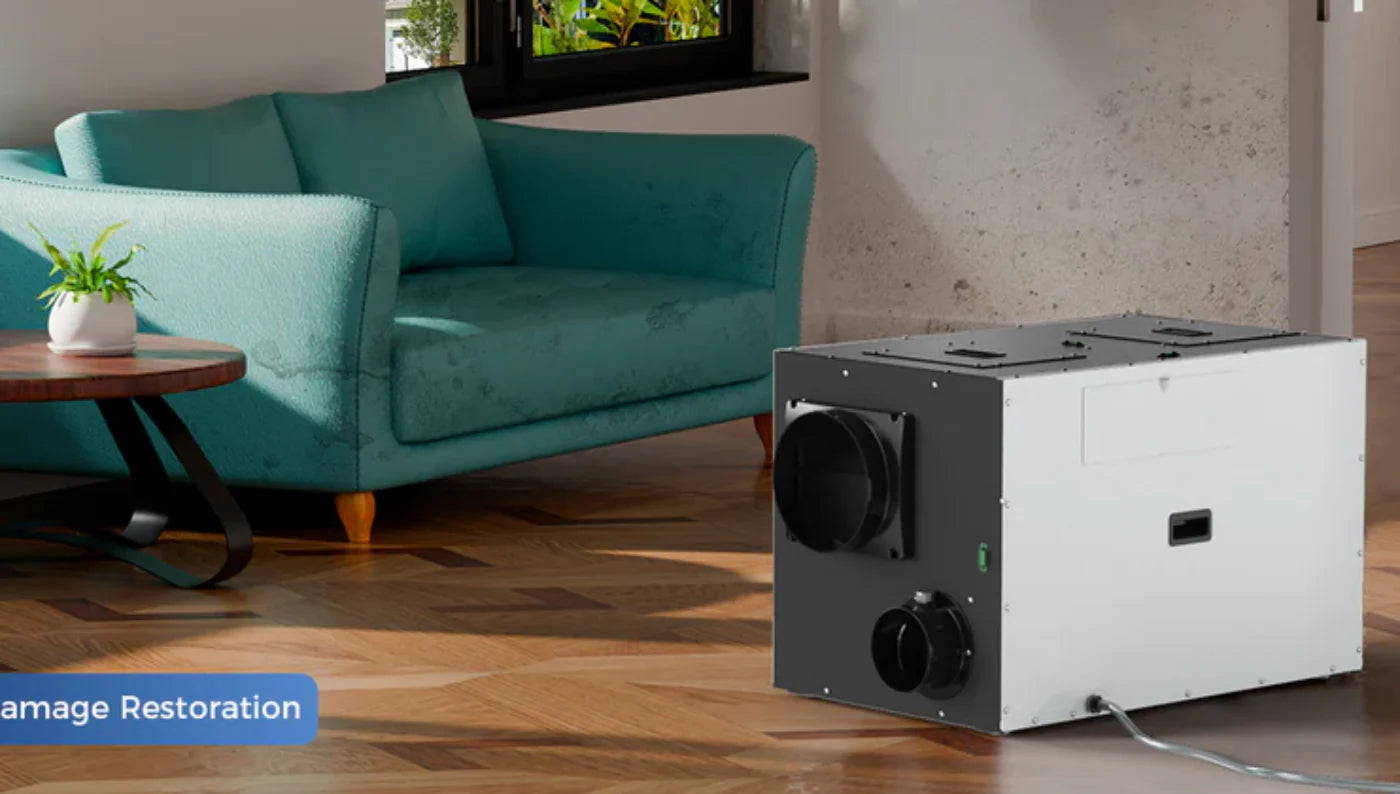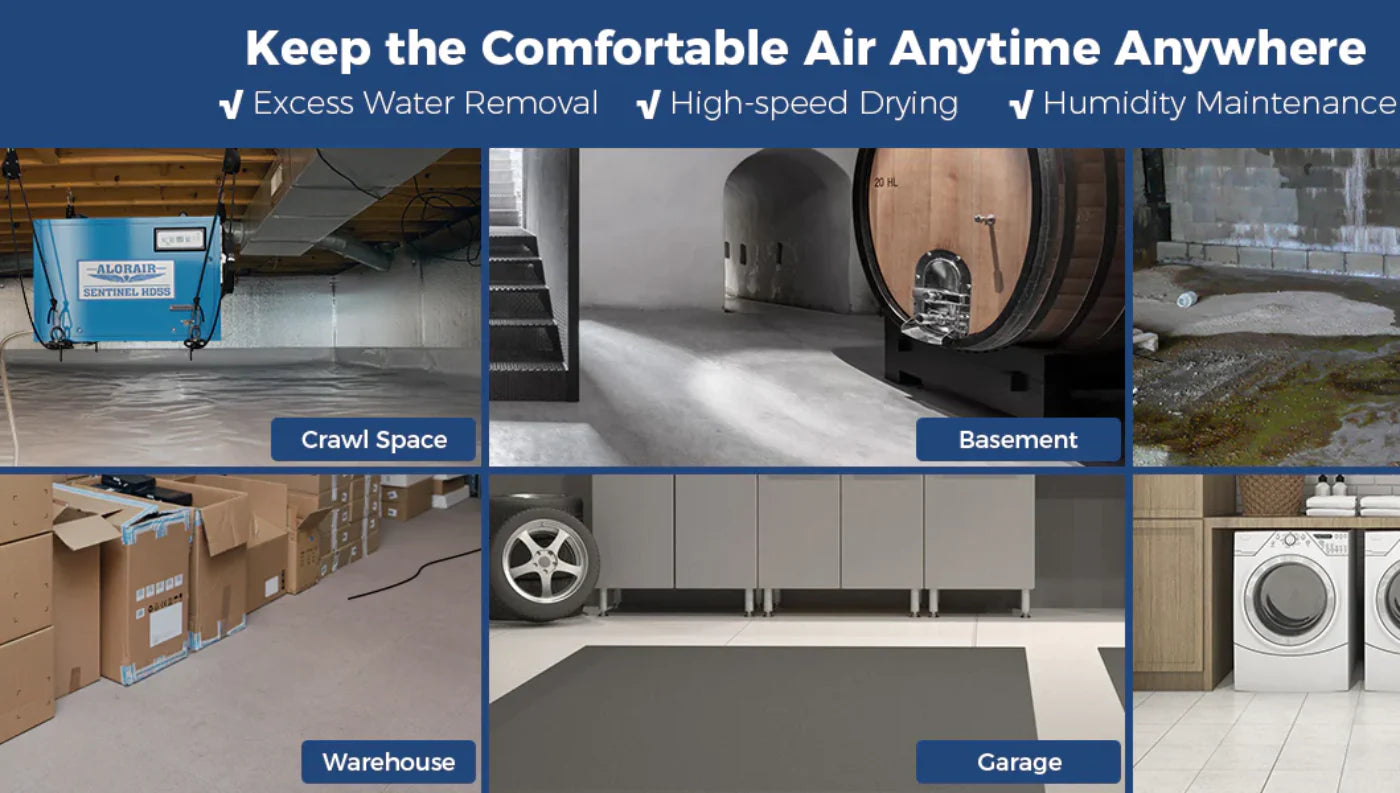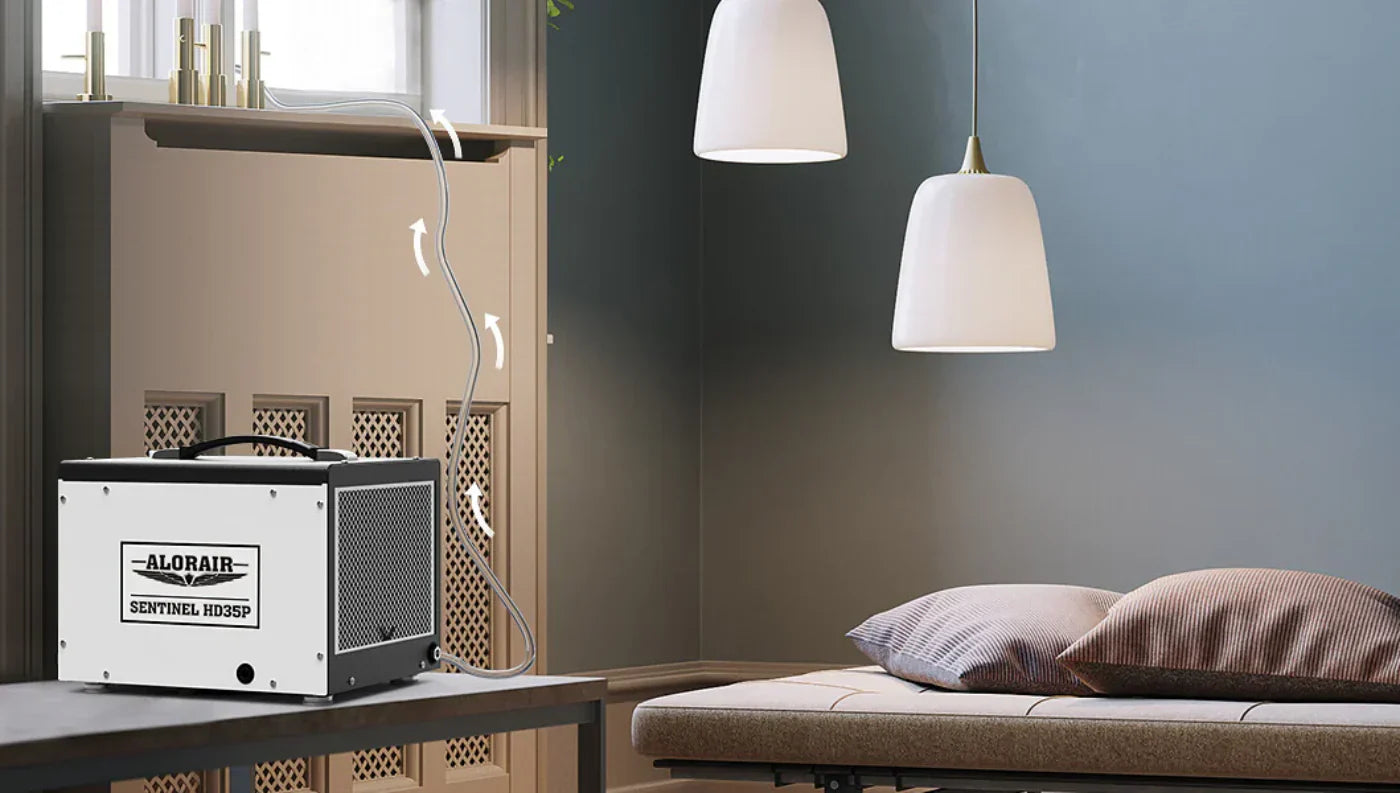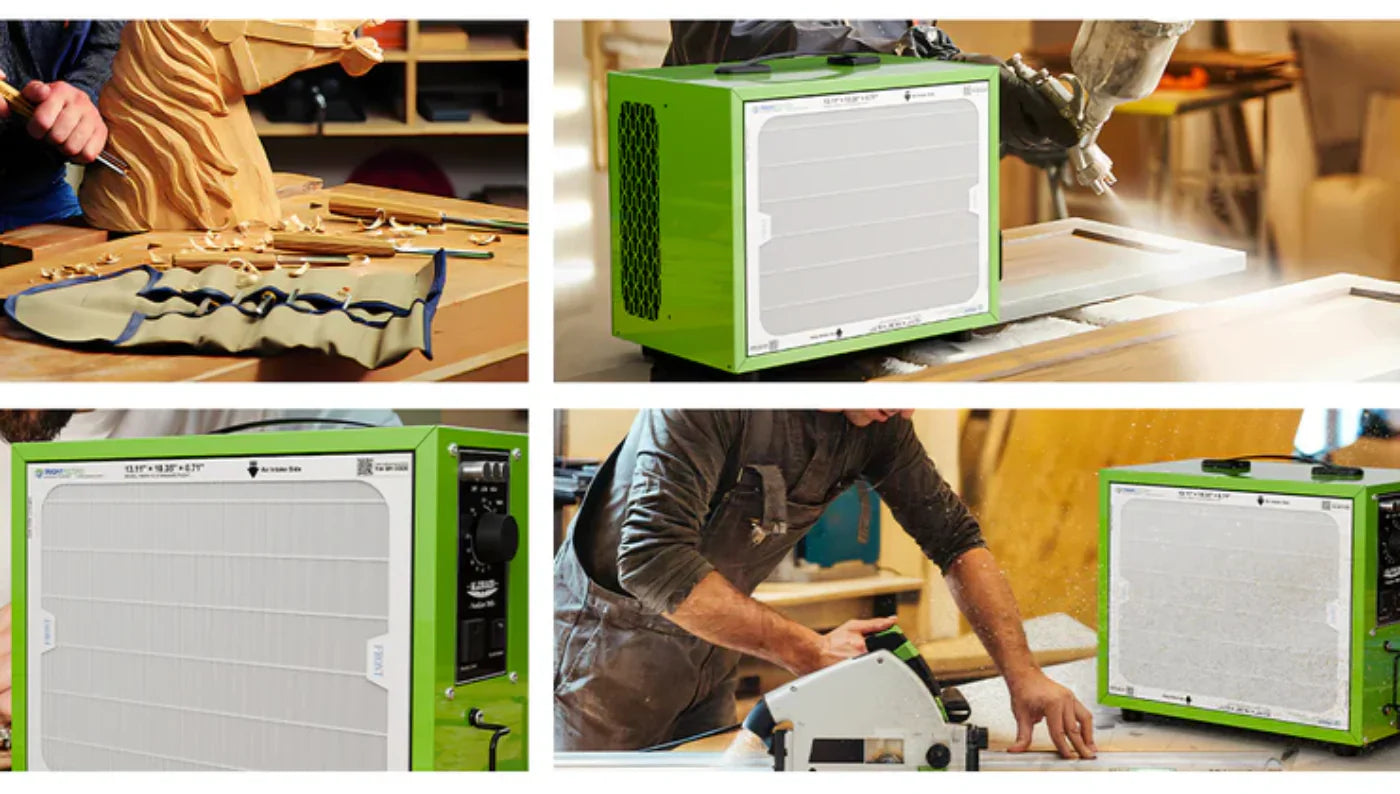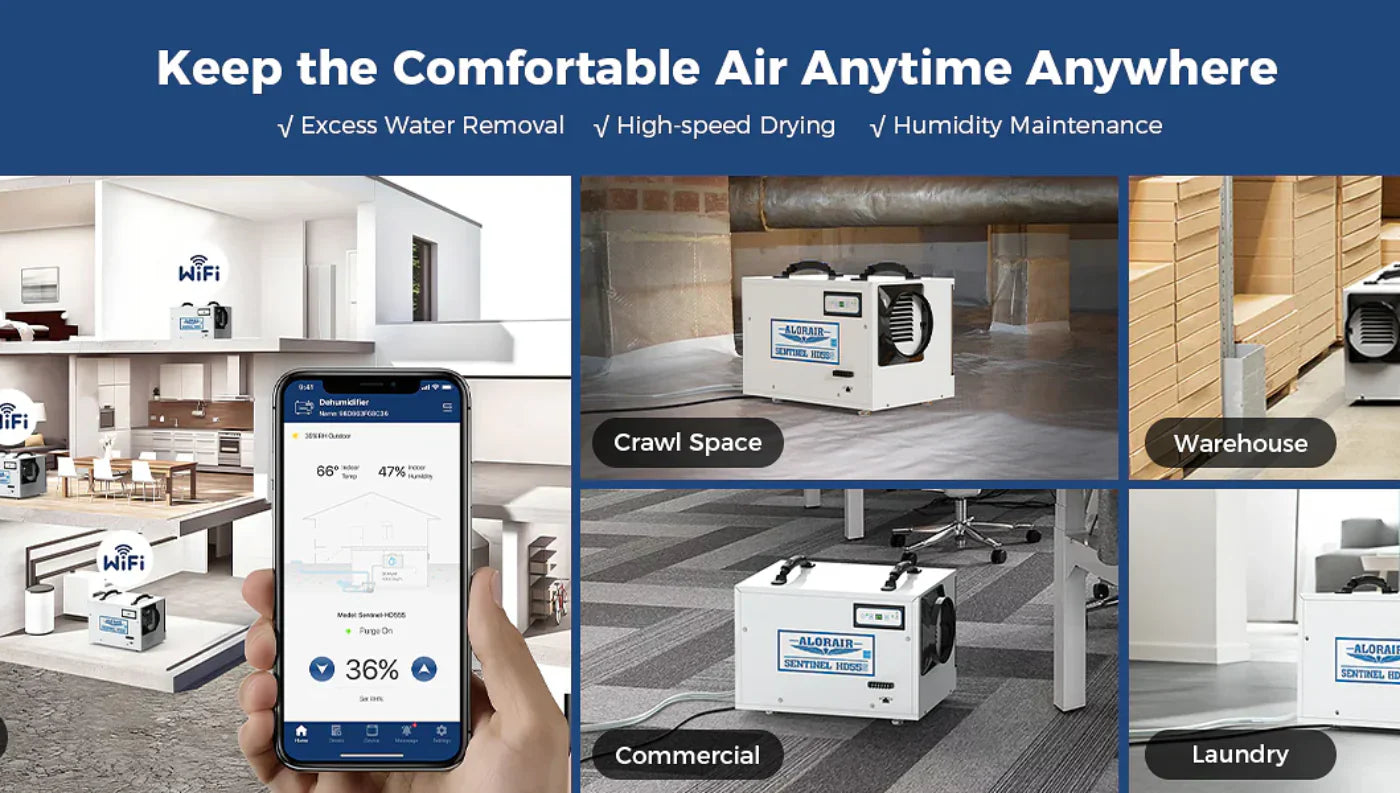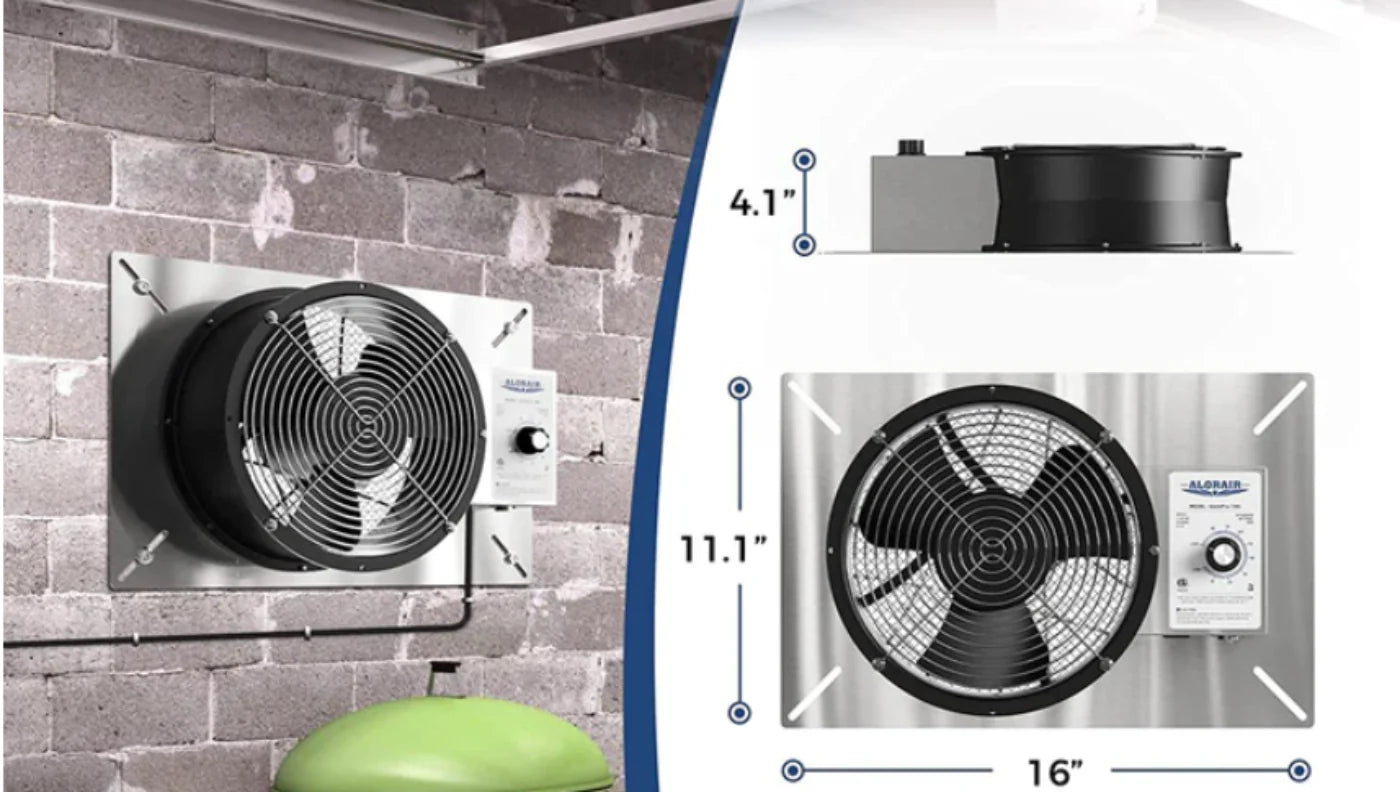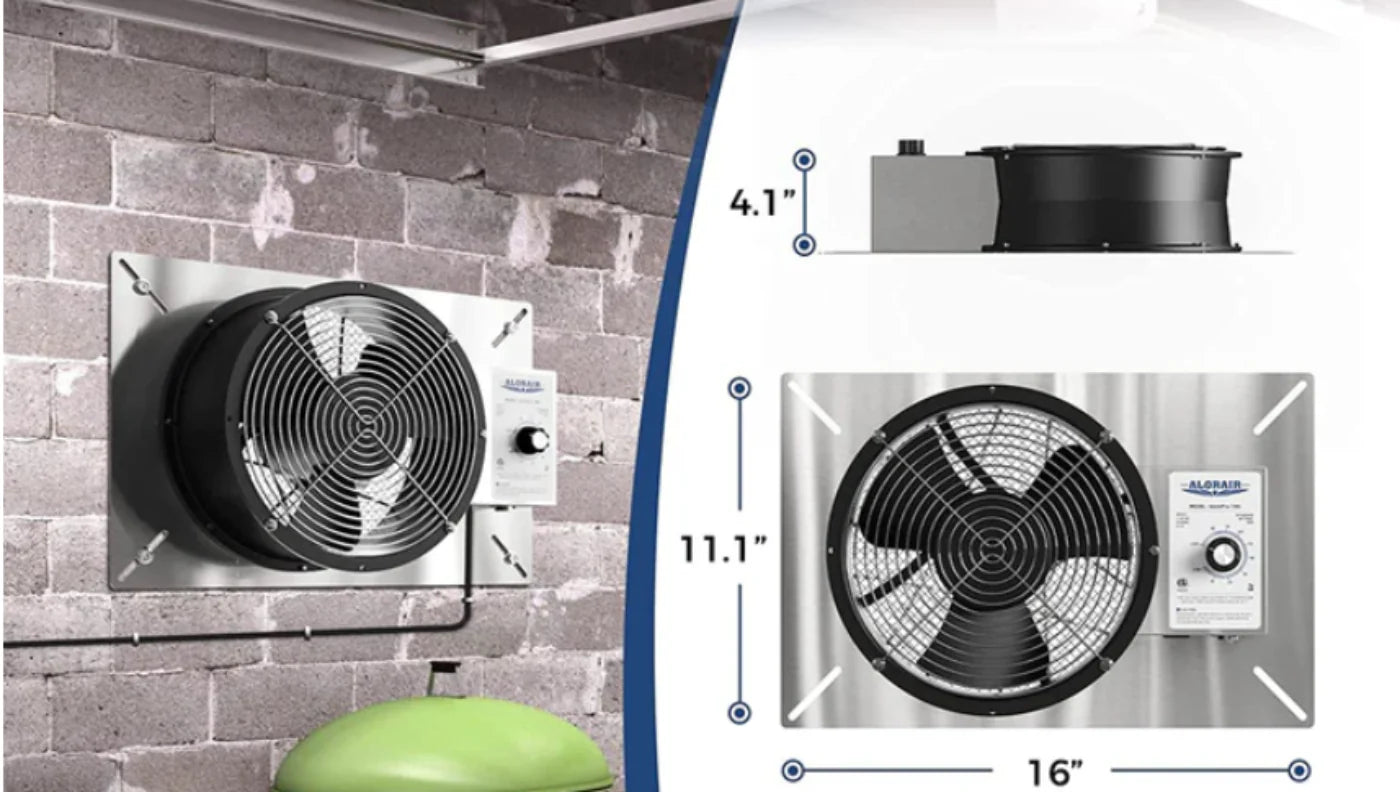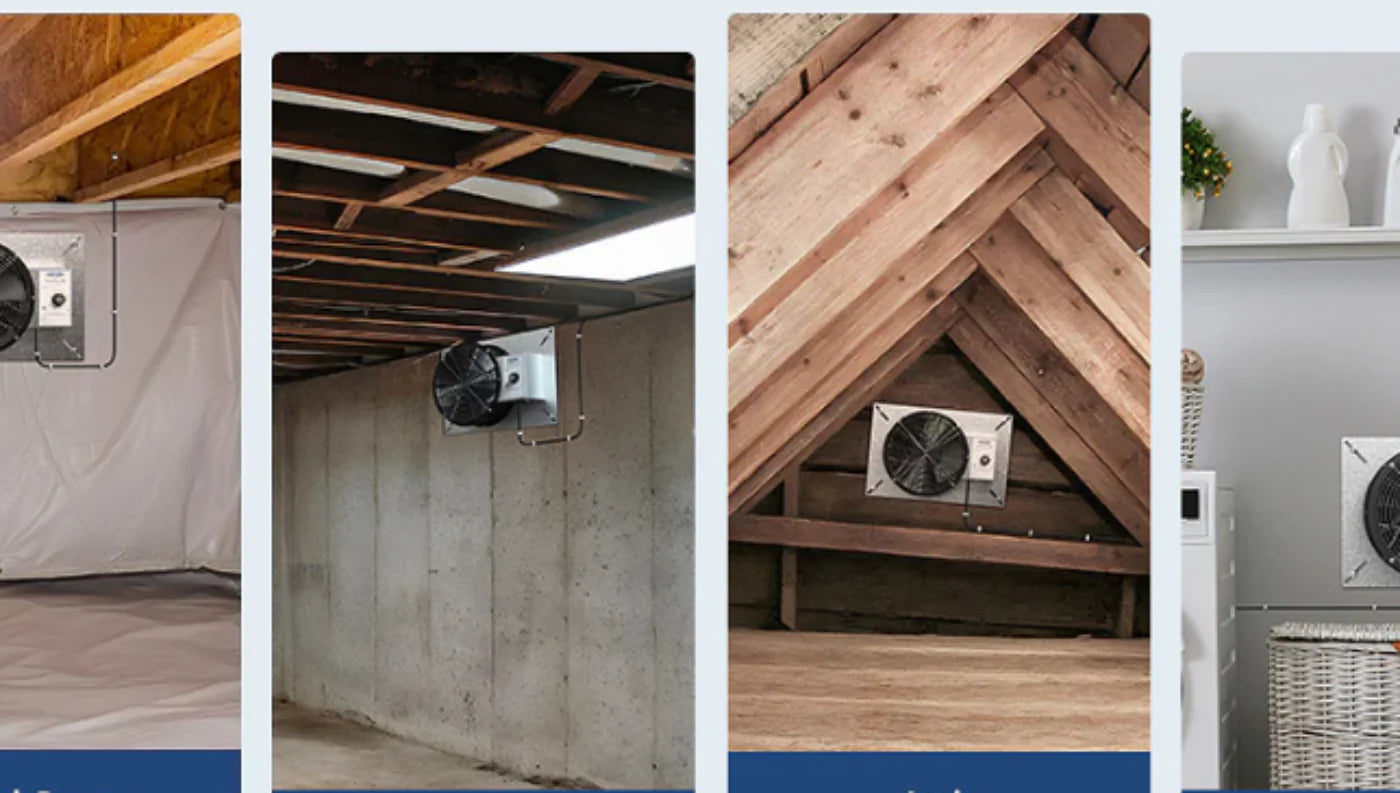High humidity in your home isn’t just uncomfortable. It can affect your health, increase costs, and damage your home. High moisture can cause mold, rot wood, and costly repair work. The solution? A reliable dehumidifier. But in 2025, homeowners face a crucial choice: should they invest in whole house dehumidifiers or stick with portable dehumidifiers?
Though portable dehumidifiers have a lower upfront cost, whole house systems promise efficiency, durability, and better long-term savings. This article explores how each system works, compares costs, and analyzes energy efficiency, performance, maintenance, and long-term value.
Understanding Dehumidification: Why It Matters
Dehumidification is the process of removing excess moisture from the air, creating a healthier and more comfortable living environment. Too much humidity can cause mold to grow, create unpleasant smells, and harm your walls, furniture, and electronic devices. For people with allergies or asthma, it can also trigger respiratory issues.
The EPA recommends keeping indoor humidity between 30% and 50% to protect air quality and prevent damage to your home. Reducing humidity levels can also improve your HVAC system’s efficiency, reduce cooling loads in summer, and enhance occupant comfort. Choosing the right type of dehumidifier is not only about comfort. It is a long-term investment in your home’s health and value.
How Does a Whole Home Dehumidifier Work?

A whole home dehumidifier is designed to work seamlessly with your current forced-air heating and cooling system. It’s usually installed in your basement and connects directly to the return ductwork of your HVAC system.
Here’s how it works: As air flows through the HVAC system, the dehumidifier extracts excess moisture from it. This moisture is then condensed into water and directed into a drain, typically a floor drain or laundry sink.
Don’t confuse a dehumidifier with a humidifier. A humidifier adds moisture to dry air, while a dehumidifier removes extra humidity to keep indoor air clean and healthy
How Does a Portable Dehumidifier Work?

A portable dehumidifier is a standalone unit that works in the specific room where it's placed. The term itself speaks to it as portable and will simply be transferable from room to room, used as a convenient option to apply targeted solutions.
The system does work by drawing in damp air via a built-in fan. The air flows past cold coils chilled by refrigerant, much like an air conditioner cools air. The moisture becomes liquid as the air cools.
This water is retained in a drip pan or detachable container which usually has to be emptied manually. Some models also have a built-in pump and are more advanced in design. The moisture is removed from the air after which the dehumidifier vents out dry treated air back into the location.
System Design and Installation Differences
When considering controlling indoor humidity, the way an installation goes through is possibly the most significant distinction between portable and whole-house dehumidifiers. These design differences influence how and where to mount them, as well as performance, looks, and overall costs in the long term.
Whole-House Setup
Whole-house dehumidifiers are designed to integrate with your home's system. They're normally installed in utility rooms or in a basement and hook directly up to the return duct system. As air circulates through the system, it is dehumidified and circulated back into the whole of your residence. This system provides automatic, continuous humidity control without needing to relocate devices from room to room.
In contrast, portable dehumidifiers are standalone units. Just plug them into a standard outlet and run in a single room. They’re great for tackling humidity in specific problem areas but not powerful enough to handle an entire home. You’ll need multiple units if you’re targeting multiple spaces.
Space Requirements
Whole-house systems require more space up front, especially for duct connections and drainage lines, but they are installed out of sight in basements or mechanical rooms. This keeps your living areas clean and your setup hidden.
Portable units take up visible floor space, about 1–2 square feet. While they’re small and portable, they can be visually obtrusive and noisy in living rooms or bedrooms.
Installation Costs
A whole-house dehumidifier is a greater expense. The devices range from $800 to $2,500 in price, and installing it professionally will add another $400 to $1,200. A fresh electrical circuit or drain hook-up might require $50 to $200 in permits as well. Portable dehumidifiers are less costly upfront, $250 to $450. No installation required.
That said, if your residence has widespread humidity issues, you might have to purchase several dehumidifier systems to cover the area, adding to the upfront price and energy expenditures. Although you might save up to 30% on labor by installing a whole-house system yourself, the work requires complex ducts and electric work which is not DIY-friendly.
Explore installation guidance and costs: Whole House Dehumidifier Cost Guide
Moisture Removal Performance
Beyond installation, performance is where the differences between whole-house and portable dehumidifiers really come into play. Here are the main factors that impact how well each system removes moisture.
Coverage Area
Whole-house dehumidifiers are designed to dehumidify huge spaces, typically between 2,000 and 4,500 square feet. Some commercial-sized versions dehumidify up to a maximum of 2,500 square feet. These models are ideal for multi-level homes or open-plan living.
Portable models perform best in small spaces such as bedroom or home work spaces. They cover between 300 and 700 square feet. Using multiple portable units to manage humidity across a whole house usually means inconsistent performance.
Dehumidification Rate
Measured in pints per day (PPD), this shows how much moisture the unit can remove in 24 hours. Whole-house systems pull out 90 to 165 PPD depending on the model. Because they’re bigger, they can do the job faster, especially in humid conditions.
Portable units remove 20 to 50 PPD. But testing conditions differ—whole-house units are tested at 73°F and 60% humidity, portables are tested at 65°F and 60% humidity.
Airflow Capacity
Airflow measured in cubic feet per minute (CFM) tells you how fast air moves through the system. Whole-house dehumidifiers push over 300 CFM, which means they can cycle and dry the air in your home much faster.
Portables manage 100 to 150 CFM which is fine for a small room but not enough to handle full home dehumidifiers. Even if the PPD rating looks high, low airflow limits the unit’s effectiveness across larger spaces.
Energy Efficiency and Operating Costs
To understand the overall cost of ownership, look at the price tag and account for long-term energy consumption. Efficiency greatly impacts how much money you'll spend in the long term.
Energy Star Ratings
Both types of dehumidifiers can be Energy Star certified which means they use about 14% less energy than standard models. But the requirements get stricter as unit size increases. For example, units above 50 pints must meet a minimum integrated energy factor (IEF) of 3.30 L/kWh to qualify.
Interestingly, many high-capacity whole-house systems perform very well, often meeting or exceeding these standards even though they’re much larger.
Power Consumption
Whole-house units have higher efficiency ratings, around 2.6 L/kWh, than about 1.5 L/kWh for portables. They remove more moisture per unit of electricity used.
For example, a 50-pint portable unit draws about 590 watts. If it runs 8 hours a day, it could cost around $22.66 per month in electricity. Multiply that by three or four units and energy costs add up fast. Whole-house units may draw more power at once but run more efficiently overall. Running multiple portables can exceed the cost of a single central dehumidifier over time.
Smart Features
Modern dehumidifiers have features that make them more energy conscious. GPP (grains per pound) technology allows the system to adjust based on actual moisture content not just relative humidity helping to reduce energy use by up to 30%.
Other smart features include auto-restart after power outages, intelligent defrost cycles for cold weather, and automatic shut-off when humidity levels are balanced. These reduce wasted energy and simplify management—something most portables can’t offer.
Maintenance and Lifespan
How much time you spend on maintenance, and how long your system lasts, can make a big difference in its value over the years.
Filter Types
Whole-house units tend to use higher quality filters often with MERV-10 ratings. These filters trap fine particles and help keep the system clean while improving your home’s air quality.
Portables usually have simple mesh filters that catch dust but need to be cleaned more often, sometimes weekly if you live in a dusty area. Performance can drop quickly if filters aren’t maintained though many models have alerts when it’s time to clean them.
Drainage Systems
Whole-house setup drains moisture automatically either to a sump pump or sewer line. No need to empty water buckets manually, it keeps running even when you’re away.
Portable units store water in tanks that hold 14–16 pints which means emptying them several times a day during humid spells. Some premium portables have built-in pumps to send water to a drain but that adds to the cost.
Expected Lifespan
Whole-house dehumidifiers usually last 8 to 10 years and sometimes up to 15 with regular maintenance, especially if they’re serviced along with your HVAC system.
Portables, on the other hand, last 3 to 5 years. They’re more prone to wear and tear because smaller components work harder to keep up. In fact up to 12% of portables can fail within the first year under heavy use.
When to Choose Portable Dehumidifiers
Portable units are best for:
-
Renters or temporary living situations
-
Small apartments
-
Targeted moisture control (closets, bathrooms)
-
Budget-conscious consumers
They’re ideal for treating single-room problems without long-term commitment or investment.
When to Choose Whole House Dehumidifiers
Choose a central dehumidifier for house if:
-
Your home exceeds 1,500 sq. ft.
-
You want comprehensive humidity control
-
You need minimal maintenance
-
You’re investing in long-term air quality
-
You want an efficient dehumidifier for home HVAC integration
Summary Comparison Table
|
Category |
Whole House Dehumidifier |
Portable Unit |
|
Upfront Cost |
$1,569–$3,324 |
$250–$450 |
|
Lifespan |
8–10 years |
3–5 years |
|
Coverage |
2,000–4,500 sq. ft. |
300–700 sq. ft. |
|
Energy Efficiency |
2.6 L/kWh |
1.5 L/kWh |
|
Maintenance |
Low |
Moderate/High |
|
Noise Level |
Low |
Moderate/High |
|
Installation |
Professional |
None |
|
Smart Features |
Advanced |
Basic |
|
Drainage |
Auto |
Manual |
|
Total 10-Year Cost |
$2,469–$4,174 |
$2,870–$4,950 |
Where to Buy Whole House Dehumidifiers
Looking for durability, performance, and energy savings? Visit Aloraircrawlspace for top-rated models like the Sentinel WHD 100 and WHD 200. For expert recommendations, check out their list of the 5 best whole-house dehumidifiers.
Conclusion: Which one saves money?
Humidity control is necessary if you live in a coastal area or a rainy climate or want to improve indoor air quality. Don’t underestimate the hidden costs of excess moisture rot, mold, allergies, and energy waste. While portable dehumidifiers are cheaper upfront, their shorter lifespan, limited coverage and higher energy consumption can add up fast especially in larger homes.
Whole house dehumidifiers though with a higher initial investment offer broader coverage, better efficiency and long term savings. They’re ideal for homeowners who manage moisture in multiple rooms or basements. But portables may be enough if you’re dealing with occasional moisture in small spaces. Ultimately, it’s up to your home’s needs and budget.
Ready to control your home’s humidity? Visit AlorAircrawlspace for reliable and energy-efficient solutions, and find the right one for your space today!




